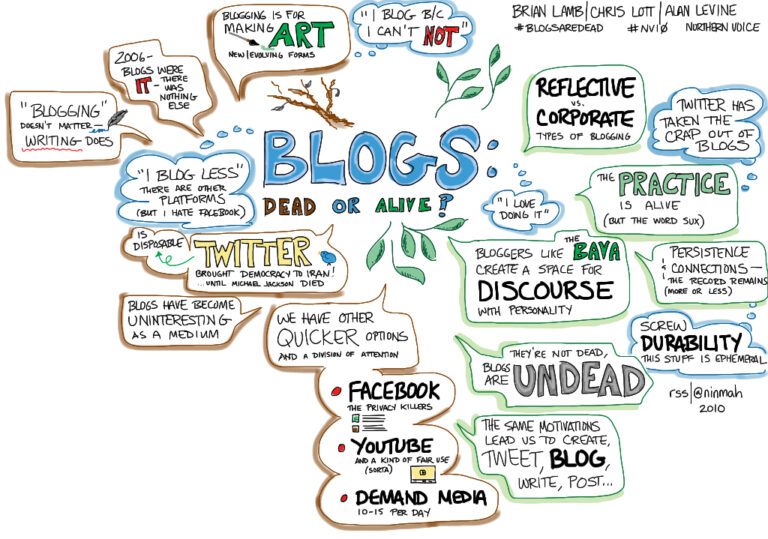A brand voice is more than just words on a page. It’s the personality that shines through in all your communications, from social media posts to customer service emails A strong brand voice helps you form a lasting impression and establish ongoing relationships with your clients.

Think of your brand voice as your company’s unique fingerprint.
It sets you apart from competitors and makes you instantly recognizable to your audience. When you nail your brand voice, you’re not just selling products or services – you’re creating an emotional connection that keeps people coming back.
Developing a solid brand voice isn’t just a nice-to-have, it’s a must-have in today’s crowded marketplace. It guides how you speak to your audience, influences the content you create, and shapes how people perceive your brand. Get it right, and you’ll build trust, loyalty, and a tribe of enthusiastic supporters who can’t wait to hear what you’ll say next.
Key Takeaways
- Your brand voice is the distinct personality that shines through in all your communications
- A strong brand voice builds emotional connections and fosters customer loyalty
- Consistency in tone, style, and messaging across all platforms is crucial for brand recognition
Cultivating a Unique Brand Voice

Creating a brand voice that stands out requires understanding your audience, maintaining consistency, and staying true to your brand’s identity. Let’s explore these key elements to help you develop a voice that resonates with your customers.
Understanding Your Audience
To craft a compelling brand voice, you need to know who you’re talking to. Start by defining your target audience and their characteristics. Consider their age, interests, and preferred communication styles. Where do they hang out online?
Use social listening tools to gather insights on how your audience speaks and what matters to them. Pay attention to the language they use on social media and in reviews.
Conduct surveys or interviews to get direct feedback from your customers. Ask about their pain points, desires, and what they value in brands they love.
This research will help you tailor your voice to connect with your audience effectively.
Developing a Consistent Tone and Style
Once you understand your audience, it’s time to create a brand voice template with 3-5 core characteristics. These traits will guide your communication across all channels.
Here’s an example table to help you define your brand voice:
| Characteristic | Description | Do | Don’t |
|---|---|---|---|
| Friendly | Warm and approachable | Use casual language | Be overly formal |
| Expert | Knowledgeable but not condescending | Share helpful tips | Use jargon |
| Playful | Fun but professional | Use light humor | Go overboard with jokes |
Create a style guide that outlines your brand’s tone, vocabulary, and grammar preferences. This will ensure consistency across all your content.
Ensuring Authenticity and Relatability
Your brand voice should reflect your company’s true personality and values. Don’t try to mimic others or adopt a voice that feels unnatural.
Be transparent about your brand’s mission and core values. Share stories that highlight your company’s character and the people behind it.
Address your audience’s needs and concerns directly. Show that you understand their challenges and are here to help.
Use language that feels natural and conversational. Avoid corporate-speak or overly formal tones that can create distance between you and your customers.
Remember, authenticity builds trust. Stay true to your brand’s identity while adapting your voice to resonate with your audience.
Amplifying Brand Presence Through Strategic Communication

Strategic communication is key to boosting your brand’s visibility and impact. You need to craft a cohesive message that resonates with your audience across various platforms. Let’s explore how you can amplify your brand presence effectively.
Leveraging Social Media and Digital Platforms
Social media is your brand’s megaphone. You should focus on platforms where your target audience hangs out. Instagram for visuals, LinkedIn for B2B, TikTok for Gen Z – choose wisely.
Create engaging content that fits each platform’s vibe. Funny memes for Twitter, polished posts for LinkedIn. Mix it up with videos, polls, and stories to keep things fresh.
Don’t forget your website. It’s your digital home base. Make sure it’s user-friendly and reflects your brand voice consistently. Use blog posts, case studies, or interactive elements to keep visitors coming back.
Remember, engagement is a two-way street. Respond to comments, join conversations, and show the human side of your brand. This builds trust and loyalty over time.
Fostering Emotional Connections with the Audience
People don’t just buy products; they buy into brands that speak to them. You need to tap into emotions to create lasting connections.
Tell stories that resonate with your audience’s values and experiences. Share your brand’s journey, highlight customer success stories, or showcase your team’s passion.
Use language that reflects your brand’s personality. Are you quirky like MailChimp or adventurous like Patagonia? Let it shine through in your communication.
Don’t shy away from emojis or GIFs if they fit your brand. They can add a playful touch and help you connect with younger audiences.
Create experiences that go beyond the product. Host events, offer exclusive content, or support causes your audience cares about. This builds a community around your brand.
Rising Above the Noise in a Competitive Market
In a crowded market, you need to stand out. Start by really understanding what makes your brand unique. What’s your special sauce?
Develop a distinct brand voice that sets you apart. Are you the straight-talking expert or the friendly innovator? Consistency is key across all touchpoints.
Keep an eye on your competitors, but don’t just copy them. Look for gaps in the market that you can fill. Maybe there’s an underserved audience or a new way to solve a problem.
Innovation isn’t just about products. Get creative with your marketing too. Try unexpected collaborations, guerrilla marketing, or cutting-edge tech to grab attention.
Remember, brand recognition takes time. Stay true to your core values while being flexible enough to evolve with your audience’s needs. It’s a marathon, not a sprint.
Frequently Asked Questions

Brand voice shapes customer relationships, marketing strategies, and consumer perceptions. It’s a key element that sets your brand apart and influences how you connect with your audience across various platforms.
How does a distinctive brand voice enhance customer loyalty?
A unique brand voice helps you stand out from competitors. When customers connect with your voice, they’re more likely to remember and relate to your brand.
This familiarity breeds trust and comfort, encouraging repeat purchases and brand advocacy. Your voice becomes a recognizable friend in a sea of marketing noise.
Can you give some top tips for developing a consistent brand voice?
Start by defining your core values. These will guide your communication style and messaging.
Next, create a brand voice chart to outline your key characteristics. This chart will serve as a reference for all your content creators.
Lastly, train your team thoroughly and regularly review content to ensure consistency across all channels.
What role does brand voice play in overall marketing strategy?
Your brand voice is the personality behind your marketing efforts. It influences how you craft messages, design visuals, and interact with customers.
A well-defined voice helps maintain consistency across different marketing channels. This consistency reinforces your brand identity and makes your marketing more effective.
How does brand tone of voice influence consumer perception?
Your tone of voice can shape how consumers view your brand. A friendly, casual tone might make your brand seem approachable and relatable.
On the other hand, a more formal tone could convey professionalism and expertise. The key is to choose a tone that aligns with your brand values and resonates with your target audience.
What’s the difference between brand voice and brand personality?
Brand voice is how you communicate, while brand personality is the set of human characteristics associated with your brand.
Your voice is the expression of your personality. For example, if your brand personality is “innovative,” your voice might use forward-thinking language and discuss cutting-edge topics.
How can a brand’s voice affect its social media presence?
Your brand voice can make or break your social media engagement. A consistent, authentic voice helps build brand recognition and fosters connections with your audience.
It guides your content creation, responses to comments, and overall social media strategy. A well-crafted voice can make your posts more shareable and memorable, expanding your reach.







